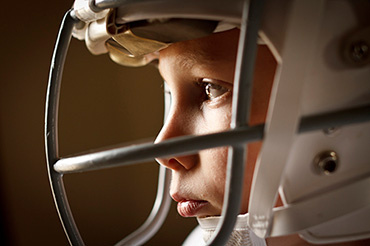Sports Safety

Definition: Sporting activities can improve both the physical and mental health of children, teaching them to work with other children and improving their coordination and confidence. Safety precautions and equipment can be instrumental in preventing or lessening injuries from sporting activities. The environment in which sports are played also has an impact on injury risks. Organized sports take place at schools, public parks, or recreation centers. More casual sports activities take place in backyards, streets, or neighborhood courts.
Magnitude of the Problem
According to Safe Kids:
- Each year, over 38 million children and adolescents participate in some sports in the U.S.
- Over 3.5 million children under the age of fifteen receive medical treatment due to sports injuries.
- 62% of injuries from organized sports occur during practice, not games. According to a national survey, 27% of parents don’t always take the same safety precautions during practice as in games.
- The most common cause of sports-related death is traumatic brain injury; sports and recreation account for one out of five TBIs in children.
- Sprains (usually ankle) are the most common sports-related injury in children.
Prevention
The environment children play in (e.g., heat, protective ground surface, properly maintained equipment); proper safety equipment (e.g., helmets, padding); supervision; physical check-ups; and regular hydration are just a few of the factors that should be considered to prevent injuries to children while they are playing sports. In addition, assuring that children are in age- and ability-appropriate activities can help prevent stress-related mental health issues.